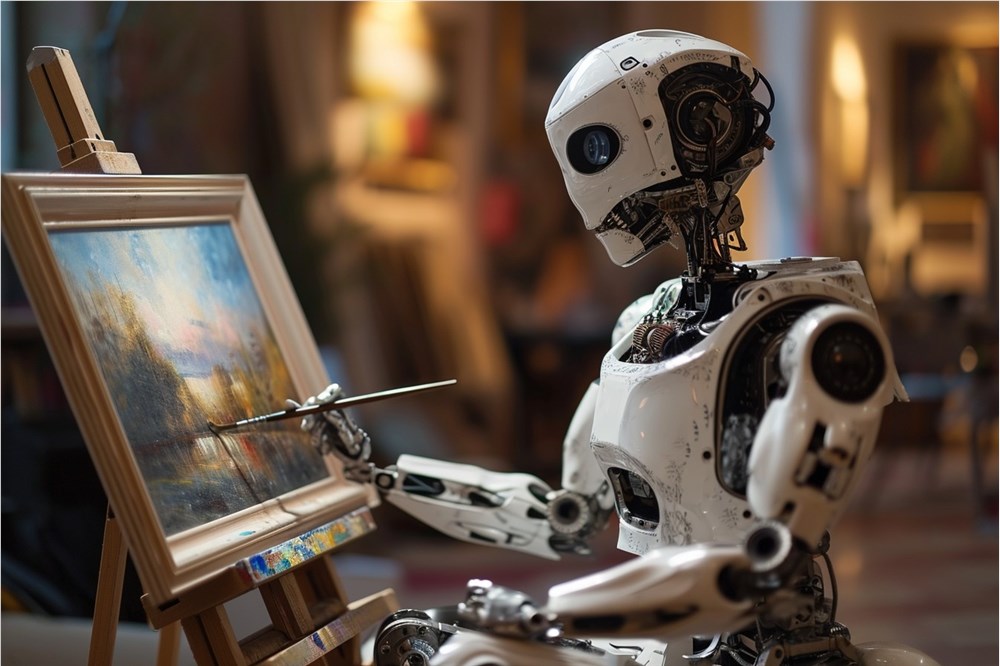according to MIT Computer Science andArtificial Intelligence LaboratoryAccording to a study by the University of Michigan, artificial intelligence may eliminate workers at a much slower rate than people think. This is because visual AI is too expensive for companies. In most cases, human costs are cheaper than automation.

Source Note: The image is generated by AI, and the image is authorized by Midjourney
The researchers looked not only at whether AI could perform tasks, but also whether it makes economic sense for companies to replace humans in the broader labor market to perform those tasks. They found that while computer vision could automate 1.6% of paid tasks in the U.S. economy (excluding agriculture), only 23% of paid tasks (0.4% of the entire economy) are suitable for automation. In addition, the cost of visual AI is also very high.
The researchers mainly studied tasks such as analyzing images of hospital diagnostic equipment and checking tray contents, which are visual tasks that AI can currently achieve. However, these tasks are often very fragmented and it is not economical to automate them.
The results of the study show that job losses caused by AI are gradual, and the government can adopt restructuring policies and retraining measures to mitigate the impact of unemployment. Although AI may bring some changes to the labor market, this process will not happen quickly and will not cause too much confusion and panic.
It’s important to note that this study only focused on computer vision systems, not more general AI tools such as more flexible multimodal large language models. Therefore, it’s not clear whether the findings apply to more general AI tools.
Overall, while AI may have a significant impact on the job market, visual automation is not economically attractive to many companies and may remain so for quite some time. Only by reducing the cost of AI deployment and expanding its application can automation become more attractive to enterprises.
Paper address: https://futuretech-site.s3.us-east-2.amazonaws.com/2024-01-18+Beyond_AI_Exposure.pdf